Uneven Subfloor at Top of Stairs
Common issues with new construction in Las Vegas: Uneven subfloor on the 2nd story.
Initially, this was a one-off problem, but I've observed it in 20% of the new homes I inspect. The issue arises from boards atop beams on the second floor, with a thicker board consistently used in a specific area, making it hard to see but noticeable when walking.
1. Why do they use a thicker board in that specific area of the second story?
I can't say for certain, but my theory is it could be due to material availability or a common mistake. The fast-paced nature of framing crews might lead to using material intended for shear walls in the subfloor area.
2. What problems can an uneven subfloor cause in the long run?
- Stretching in the carpet where subfloor differences meet may occur. Exceeding an engineer's thickness recommendation (e.g., ¾” OSB instead of ½”) generally isn't a significant issue for a small area.
3. Are there any safety concerns associated with an uneven subfloor?
- Generally no. Small gaps like ¼” or ⅛” are not trip hazards but can be a minor nuisance for homeowners. However, an uneven and "bouncy" area could indicate potential subfloor damage, though this is rare.
4. How can homeowners identify if they have an uneven subfloor in their homes?
- Walk with one foot in front of the other, feeling for differences in flooring thickness.
5. Is there a way to fix or address an uneven subfloor once a house is built?
- Yes, especially in new homes; you can request the builder to replace the thicker OSB sheet with one of the same thickness as the surrounding sheets.
6. Are there signs or indicators during the construction phase that a thicker board is being used in a specific area?
- Check for differences in flooring thickness during the framing stage.
7. What potential impact does an uneven subfloor have on the resale value of a home?
- In dry areas like the top of stairs, it's considered a minor issue with no impact on resale value. In wet areas, it could raise concerns about potential water damage.
8. Can the issue be addressed during the home buying process, such as during an inspection or negotiations?
- Yes, during a new-build inspection, these issues can be addressed.
9. Are there regulations or standards builders should follow to avoid subflooring issues?
- Yes. Engineers typically prescribe ¾” subfloor thickness, and builders must adhere to this. Trip hazards (differences in finish flooring greater than ½”) should be addressed before move-in due to regulations.
10. What should homeowners do if they notice an uneven subfloor in their newly constructed home?
- Bring it to the builder's attention and have it replaced before the 1-year warranty period expires. If this doesn't work, homeowners can escalate the issue to the contractor's board for remediation.
